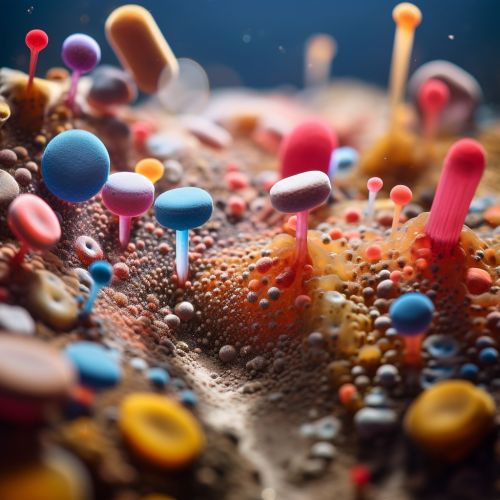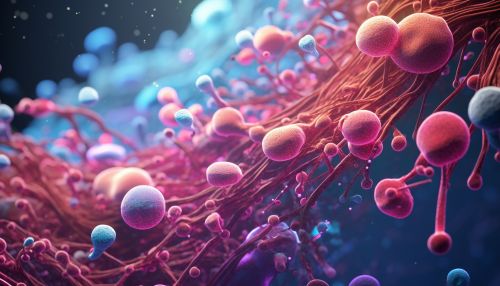Microbial loop
Introduction
The Microbial loop is a marine and freshwater phenomenon, a key component of the aquatic ecosystems, that describes the role of microbes in the nutrient cycles. It is a process where dissolved organic matter (DOM), which is primarily produced by the activities of primary producers, is returned to the higher trophic levels via the incorporation into the biomass of microbes, and their subsequent consumption by micrograzers.


History and Discovery
The concept of the microbial loop was first proposed in the late 20th century, challenging the traditional view of food webs. Prior to its discovery, the understanding of aquatic food webs was largely based on the linear transfer of energy from phytoplankton, the primary producers, to zooplankton, and then to higher trophic levels. The discovery of the microbial loop highlighted the significant role of microbes and dissolved organic matter in the energy flow and nutrient cycling in aquatic ecosystems.
Components of the Microbial Loop
The microbial loop consists of several key components including bacteria, archaea, viruses, and various types of protists and microzooplankton.
Bacteria and Archaea
Bacteria and Archaea are the primary decomposers in the microbial loop. They break down dissolved organic matter, converting it into particulate organic matter which can then be consumed by other organisms. They also play a crucial role in nutrient cycling, particularly in the cycling of nitrogen and phosphorus.
Viruses
Viruses play a dual role in the microbial loop. On one hand, they can cause the lysis of bacteria and archaea, releasing the organic matter back into the environment. On the other hand, they can also affect the genetic diversity of microbial populations through the process of viral transduction.
Protists and Microzooplankton
Protists and Microzooplankton are the primary grazers in the microbial loop. They consume bacteria and archaea, incorporating the organic matter into their own biomass. This allows the energy and nutrients to be transferred to higher trophic levels when they are consumed by larger organisms.
Role in Nutrient Cycling
The microbial loop plays a crucial role in nutrient cycling in aquatic ecosystems. It is particularly important in the cycling of carbon, nitrogen, and phosphorus. The decomposition of dissolved organic matter by bacteria and archaea releases these nutrients back into the environment, making them available for uptake by phytoplankton and other primary producers.
Impact on Aquatic Ecosystems
The microbial loop has a significant impact on the structure and function of aquatic ecosystems. It affects the energy flow and nutrient cycling, influencing the productivity and diversity of the ecosystem. It also plays a role in the biogeochemical cycles, contributing to the cycling of carbon, nitrogen, and phosphorus.
Current Research and Future Directions
Current research on the microbial loop is focused on understanding its role in various ecological processes and its response to environmental changes. Future research directions include the exploration of the impact of climate change on the microbial loop and the development of models to predict its response to various environmental stressors.
